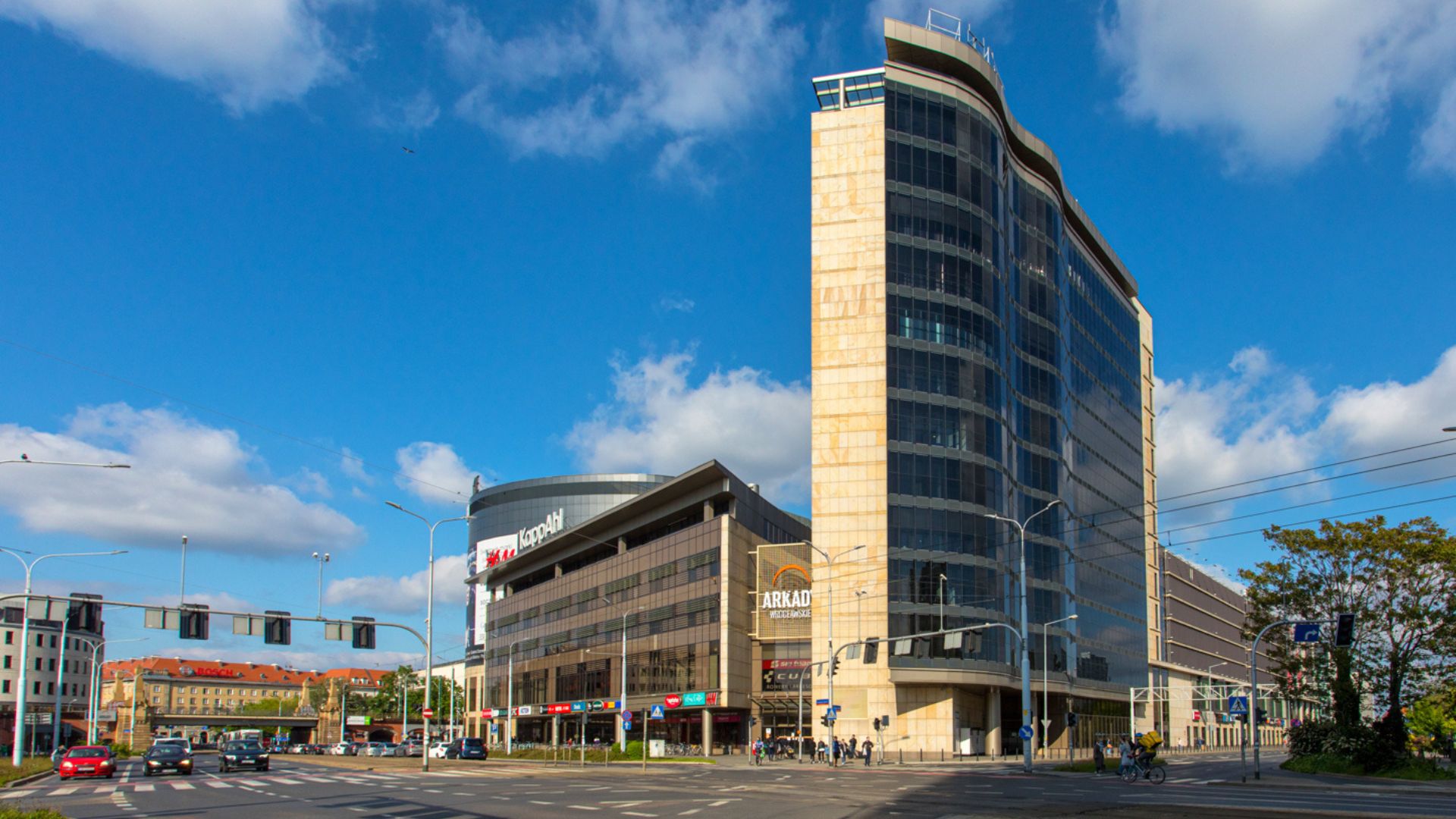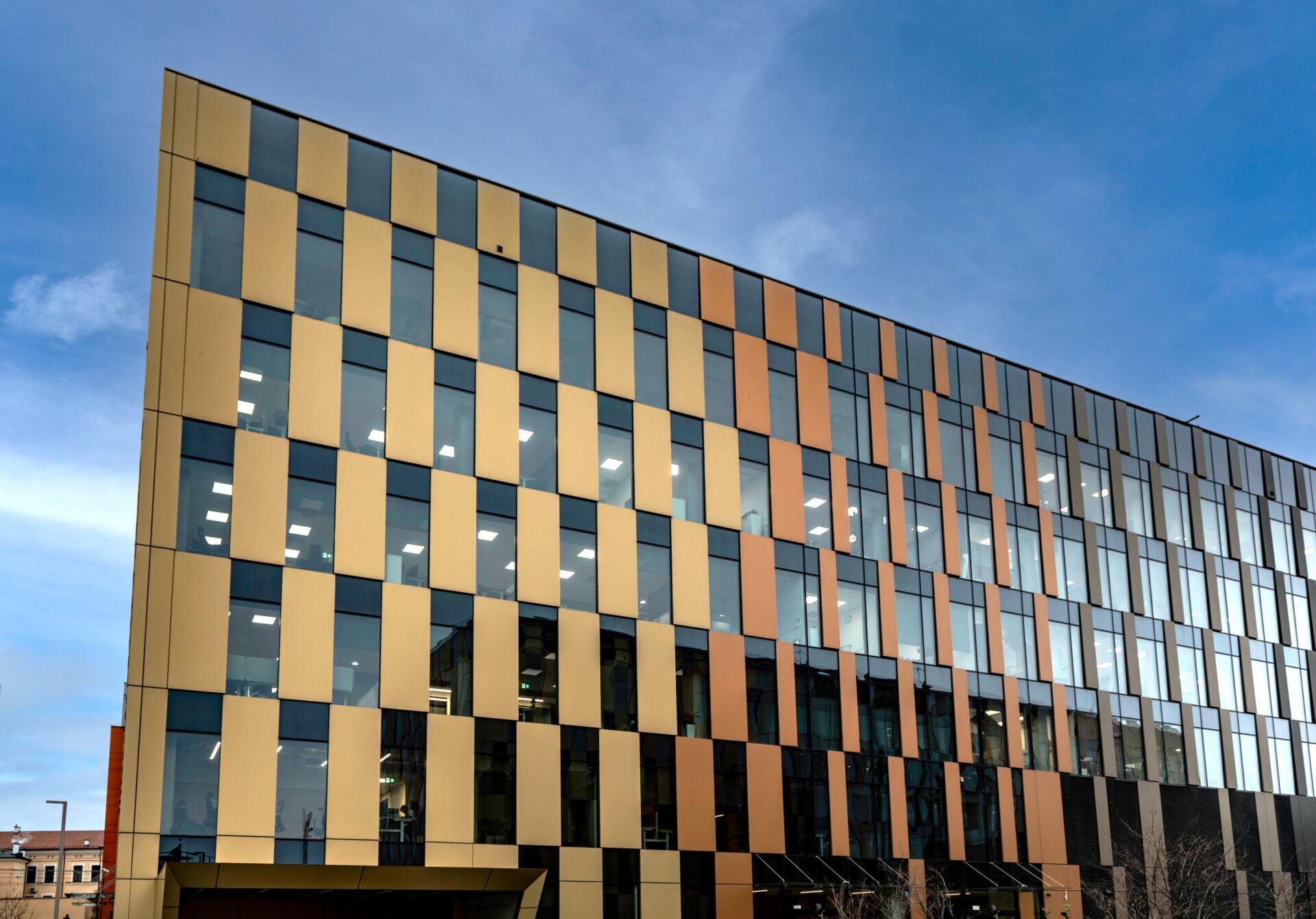The US real estate market is rich in opportunities for German investors. The world’s biggest national economy is an extremely well established and highly professional market that tempts investors with higher rates of return than those available on the German market. However, you need to know the local market in order to keep from making mistakes. All things considered, the US economy coped relatively well with the coronavirus crisis, and the war in Ukraine will probably have less of an impact here than it does in Europe.
This makes the United States an even more attractive investment destination, although it could involve temporarily increased currency hedging costs. Inflation represents an uncertainty factor, with the inflation rate reaching 7.5 percent in January 2022 and thereby exceeding the German rate of 4.9 percent. It also remains unclear how the increase in construction costs and supply chain disruptions will impact the respective economic regions.
These are the key takeaways of the online press conference headlined “Between Inflation and Boom – Current Trends on the US Real Estate Market for Investors from Germany,” which featured Sebastian Schneider, Lead Portfolio Manager Real Estate at DWS, Pepijn Morshuis, CEO of Trei Real Estate, and Jan Schlüter, Department Head Real Estate at Nordrheinische Ärzteversorgung, a superannuation scheme for German physicians.
Keen Demand in the Markets for Logistics and Residential Real Estate
In its real estate division, DWS manages US assets with a combined value of c.€26 billion across all types of use. Sebastian Schneider, Lead Portfolio Manager Real Estate at DWS, explains why his company believes that logistics and residential real estate currently offers the greatest potential in the United States: “Demand on the logistics market is driven not least by the fast-growing e-commerce sector. Incoming migration and job growth ensure that the demand in the housing markets keeps going up, especially in the dynamically growing Sun Belt states. Both types of use report historically low vacancy levels.” By contrast, office markets suffer from high vacancy rates due to the coronavirus crisis and the accelerating trend to work from home. Demand for offices concentrates on assets of high-end building quality. Increasingly, compliance with ESG criteria plays a role as well. Food-anchored convenience centres offer moderately bright prospects in the physical retail sector. By contrast, the market conditions for malls and high-street properties are often poor.
Investment Trend: Multi-Family House in the South-Eastern US
In its stateside business, Trei Real Estate has specialised in the development of multi-family houses. The company’s US portfolio comprises about 2,600 apartments either completed, in planning or under construction in an aggregated investment volume of €530 million. “We focus on multifamily assets in the United States because they offer an excellent risk-return ratio. The net yield rates currently range from about four to five percent for newly constructed buildings while the risk is manageable. Compared to commercial real estate, the residential real estate market is more or less non-cyclical. In 2021, the multi-family segment accounted for almost half of the commercial real estate transactions volume,” said Pepijn Morshuis, CEO of Trei Real Estate. He added that the south-eastern part of the country is particularly interesting as an investment location: “Its economy and cities are growing, it is home to excellent universities, has a high standard of living, and still remains affordable, relatively speaking. During the past year, it was the region with the largest transaction volume and the highest total rate of return in the entire US market for multi-family houses.”
Investment Pressure within a Low-Interest Rate Environment
Similarly, investments in the United States make up a substantial share of the real estate exposure of Nordrheinische Ärzteversorgung. “The United States has a faster economic growth and a more favourable demographic forecast than Germany. We found we can achieve significantly higher cash-on-cash yields here than with similar assets in Germany,” said Jan Schlüter, Department Head of Real Estate. Like any other insurance company and pension fund, the doctors’ pension scheme faces the challenge of having to invest the contributions of its members in profitable ways even during the low-interest cycle. Real estate plays a growing role in the investment mix and claimed a share of more than 20 percent or close to €3.5 billion during the 2021 financial year. Allocations in the United States accounted for 15 percent of the real estate portfolio or assets with a combined value of over €500 million. “Reasons include diversification effects, on the one hand, and the fundamental parameters, on the other hand: The United States have one of the largest and most transparent real estate markets in the world.”
Residential accounts for well over 40 percent of the US real estate portfolio of Nordrheinische Ärzteversorgung, and has already overtaken the classic investment category of office real estate, whose portfolio share is down to one quarter. Logistics/light industrial real estate accounts for another quarter, whereas retail real estate, together with self-storage assets, makes up only five percent of the pension scheme’s portfolio.







